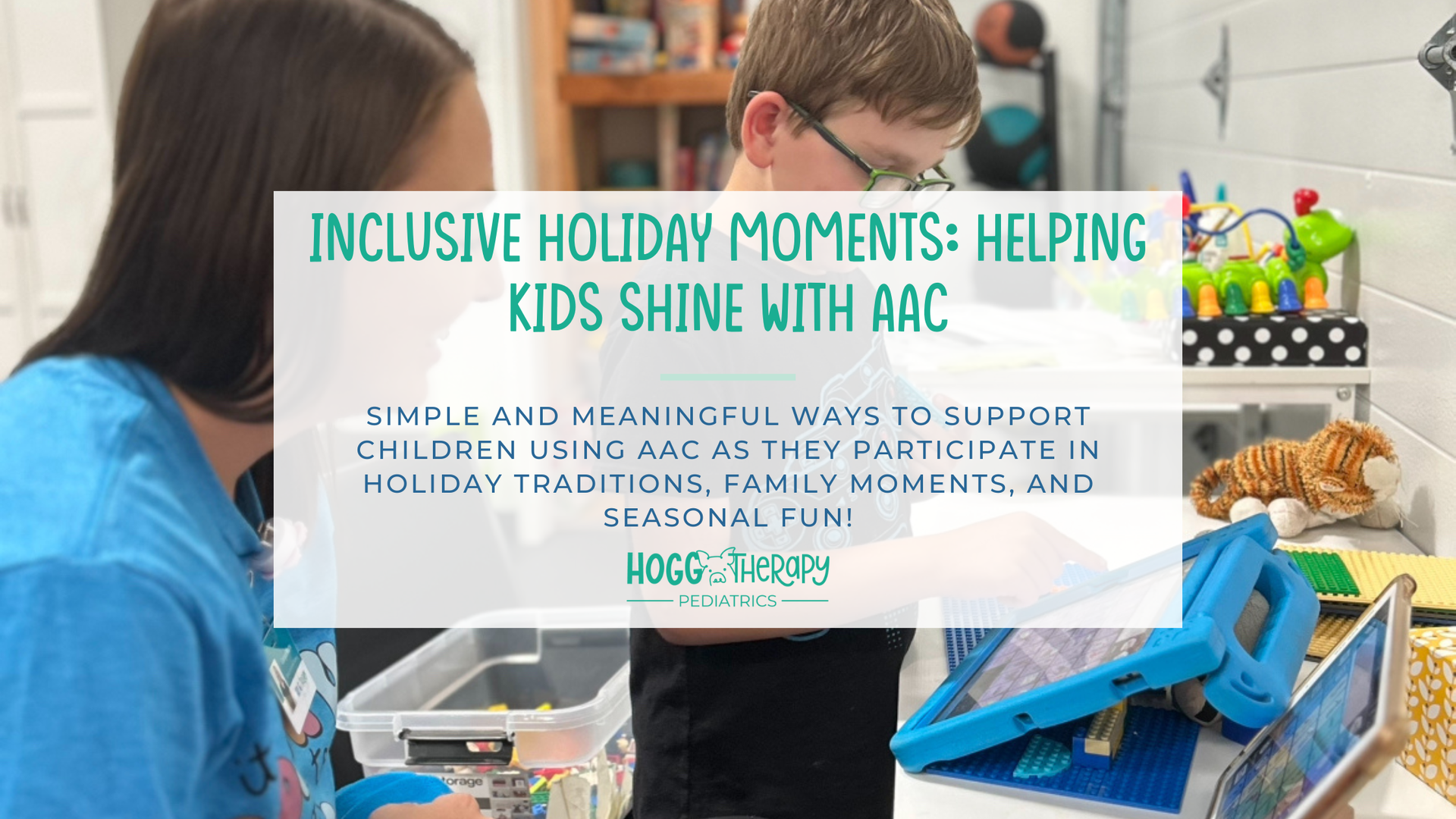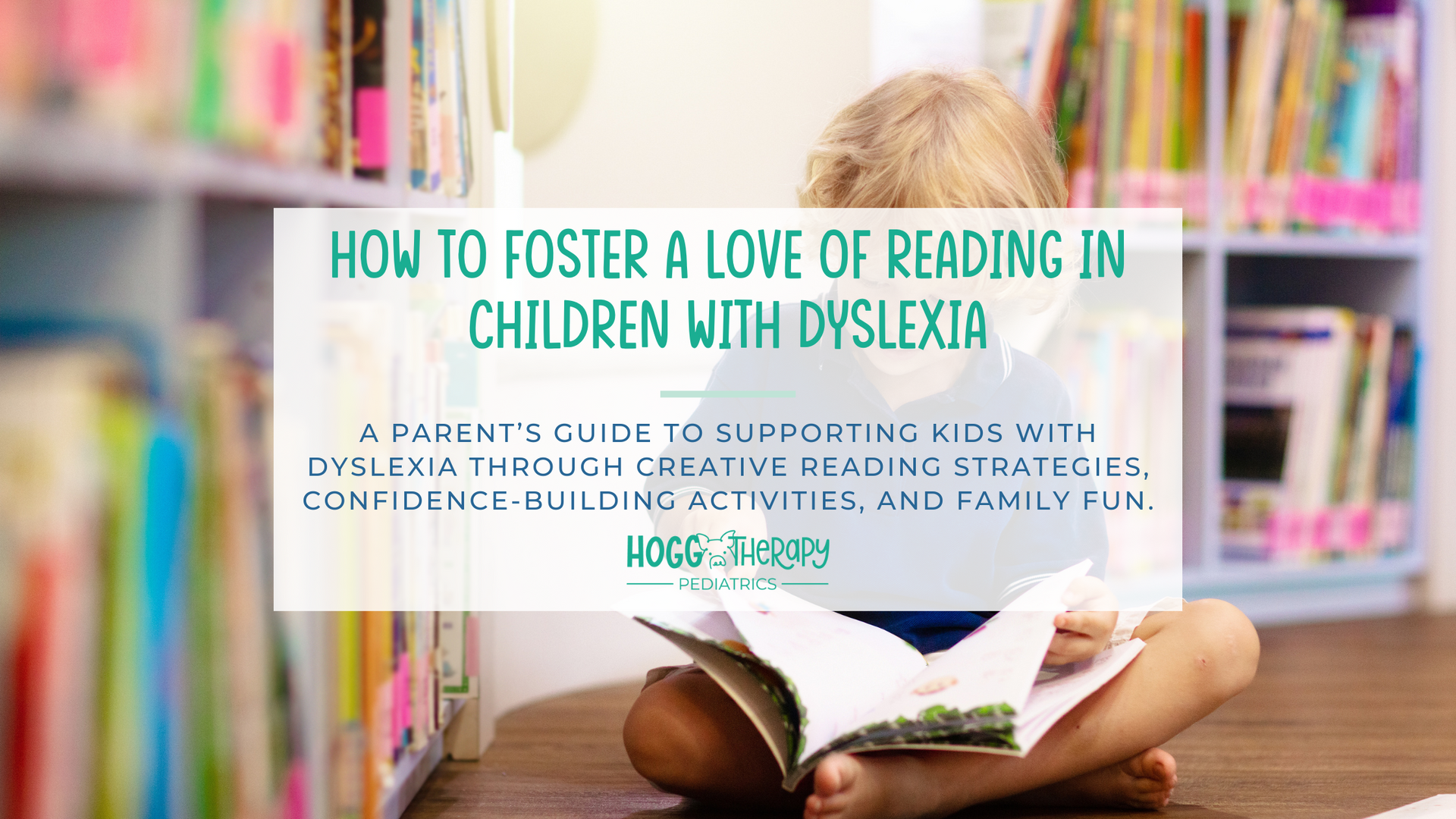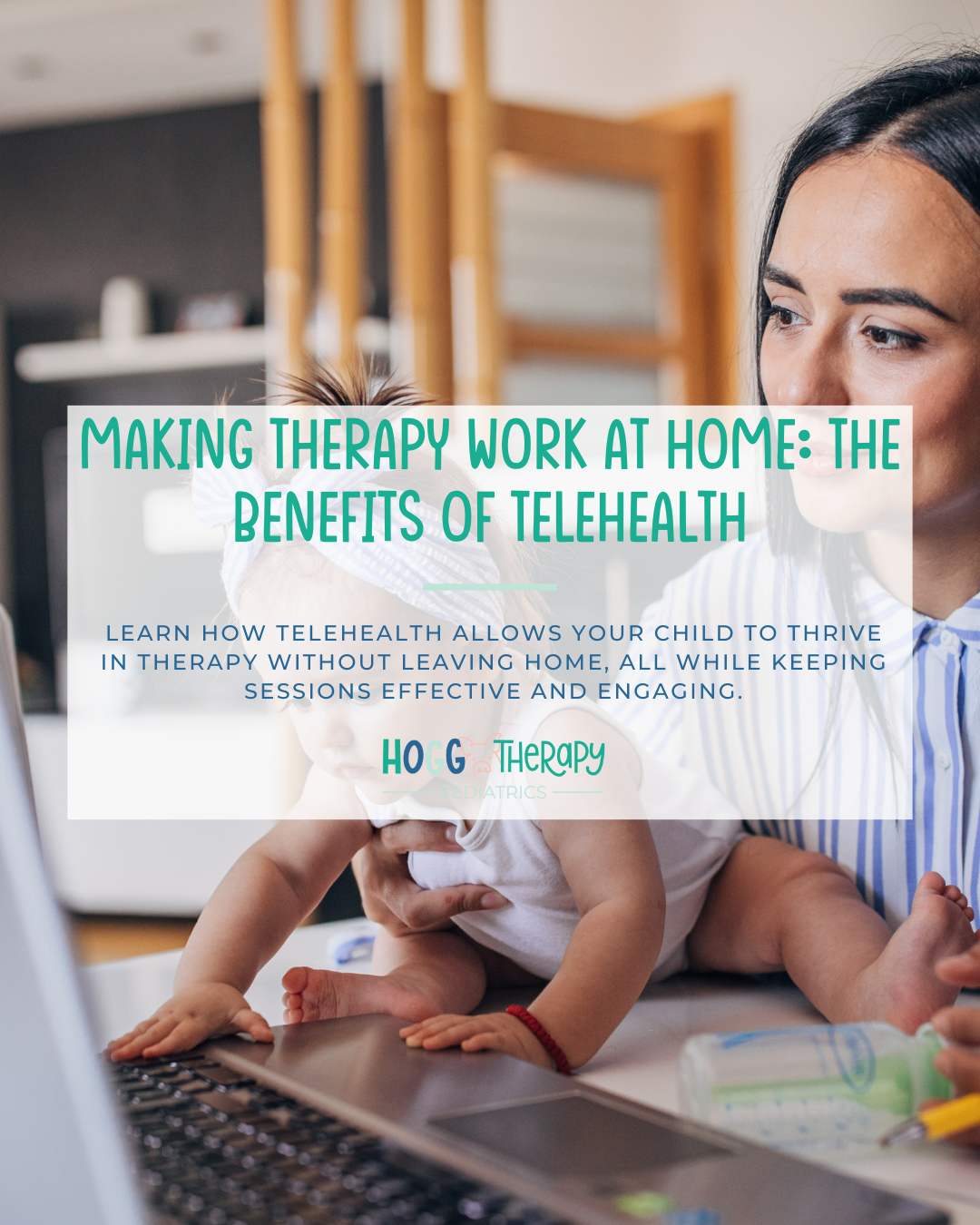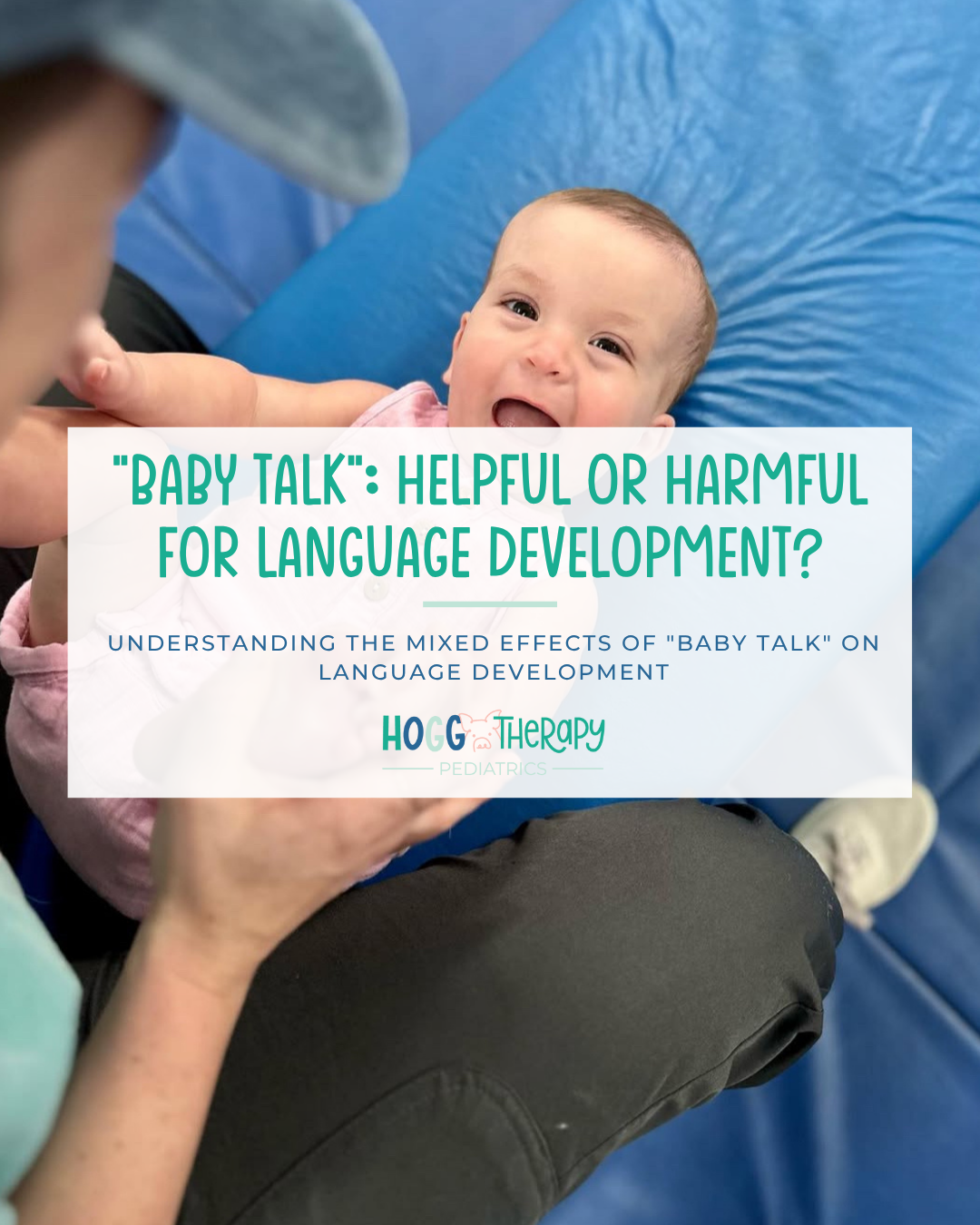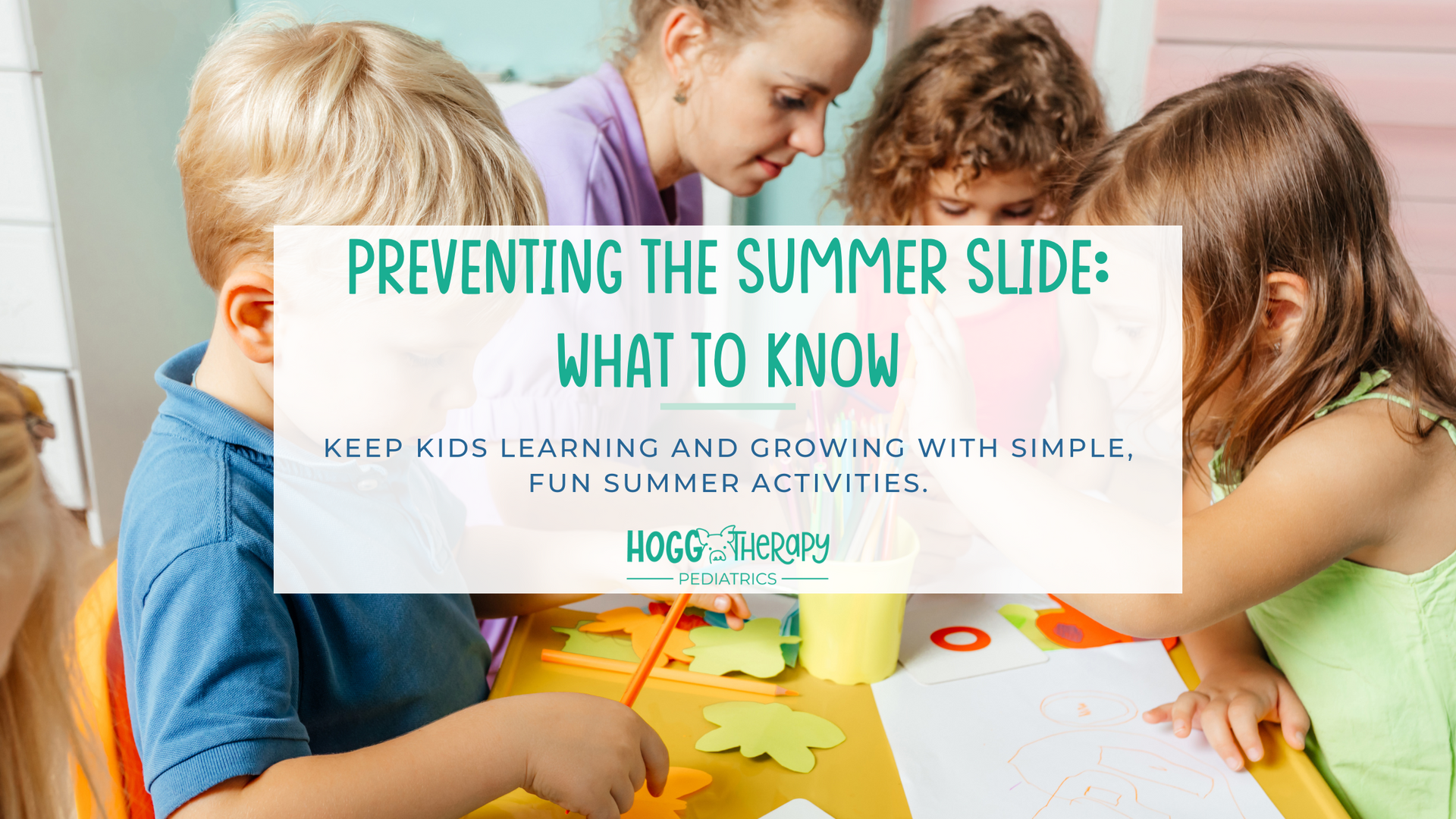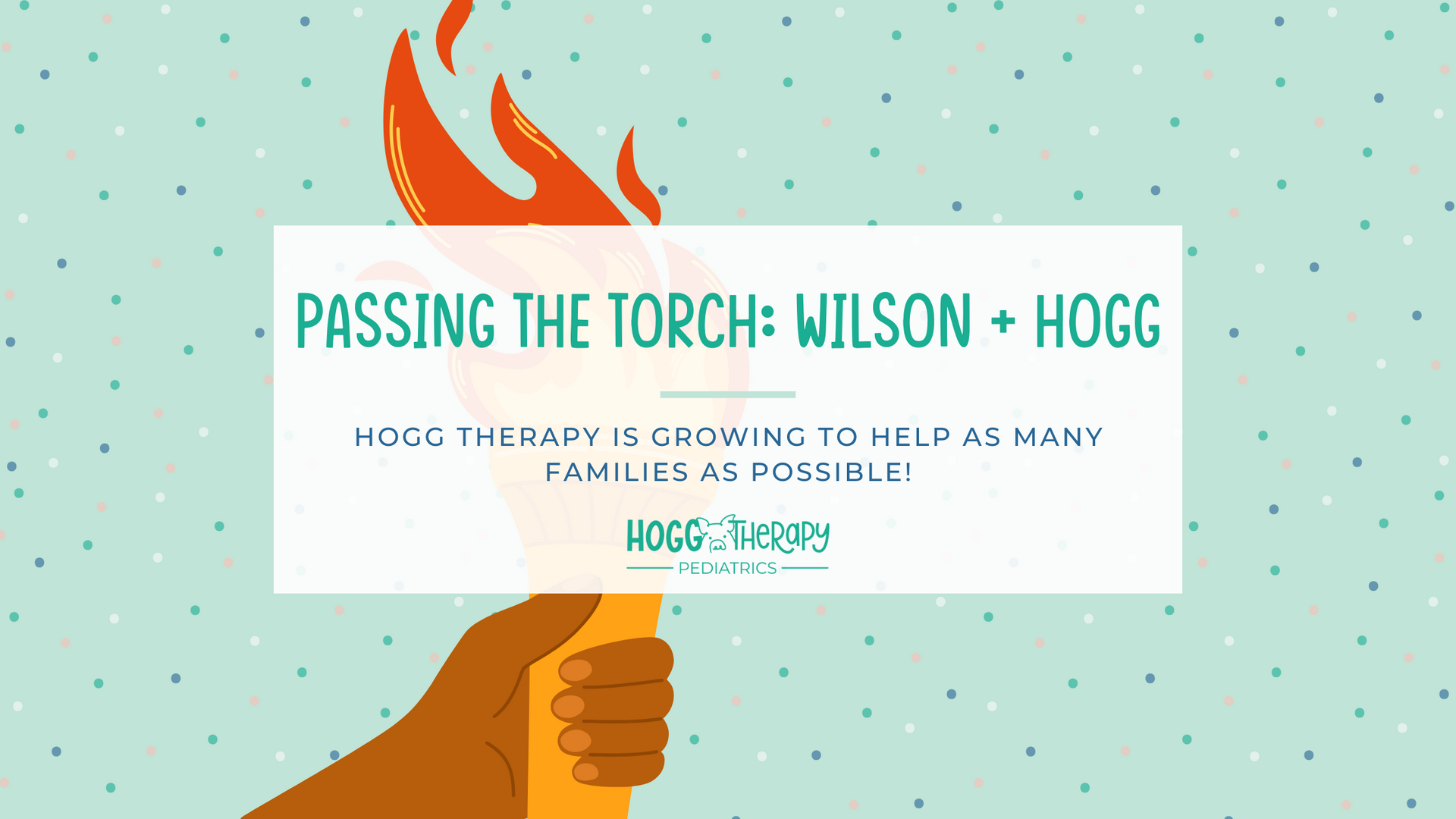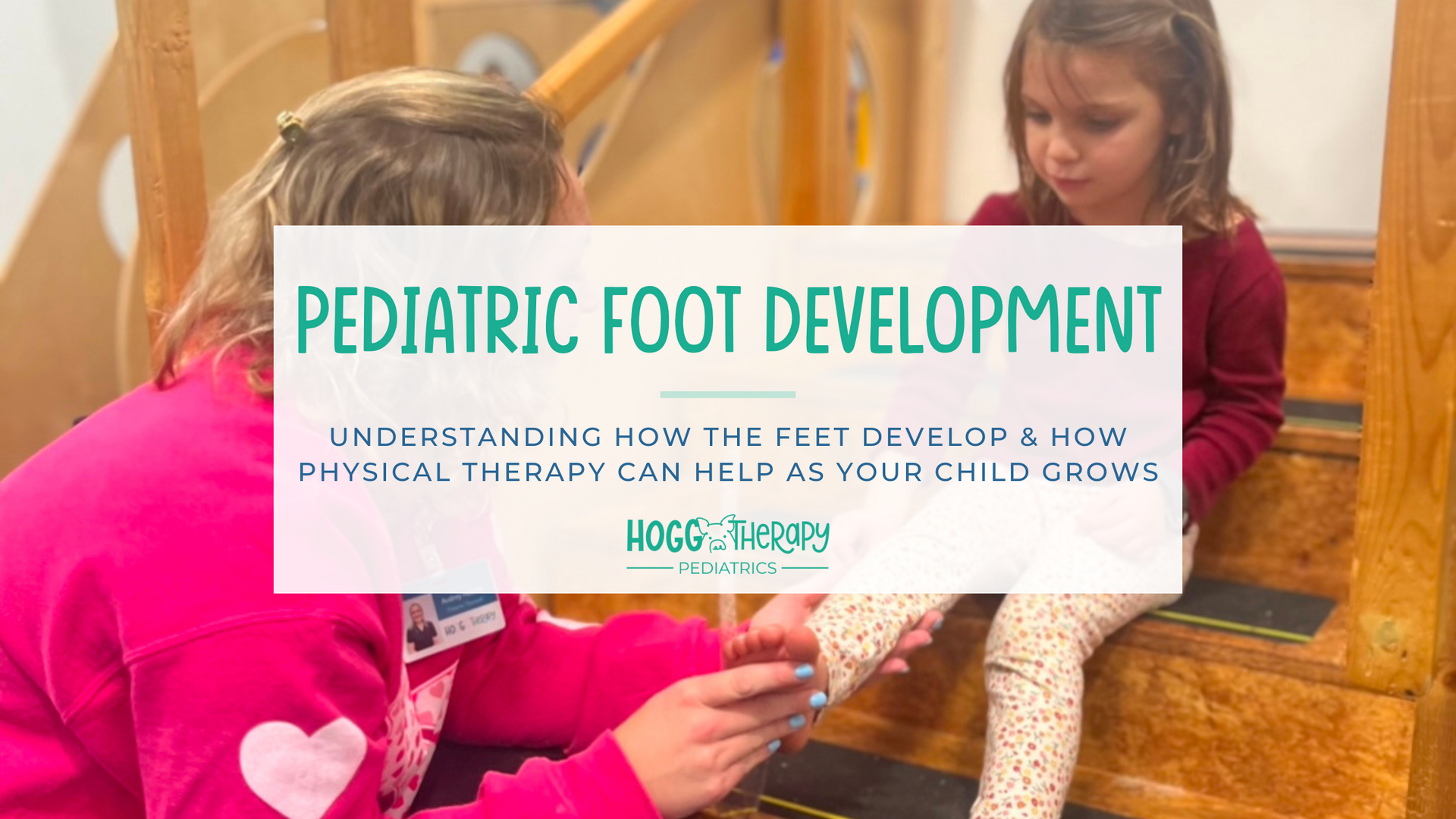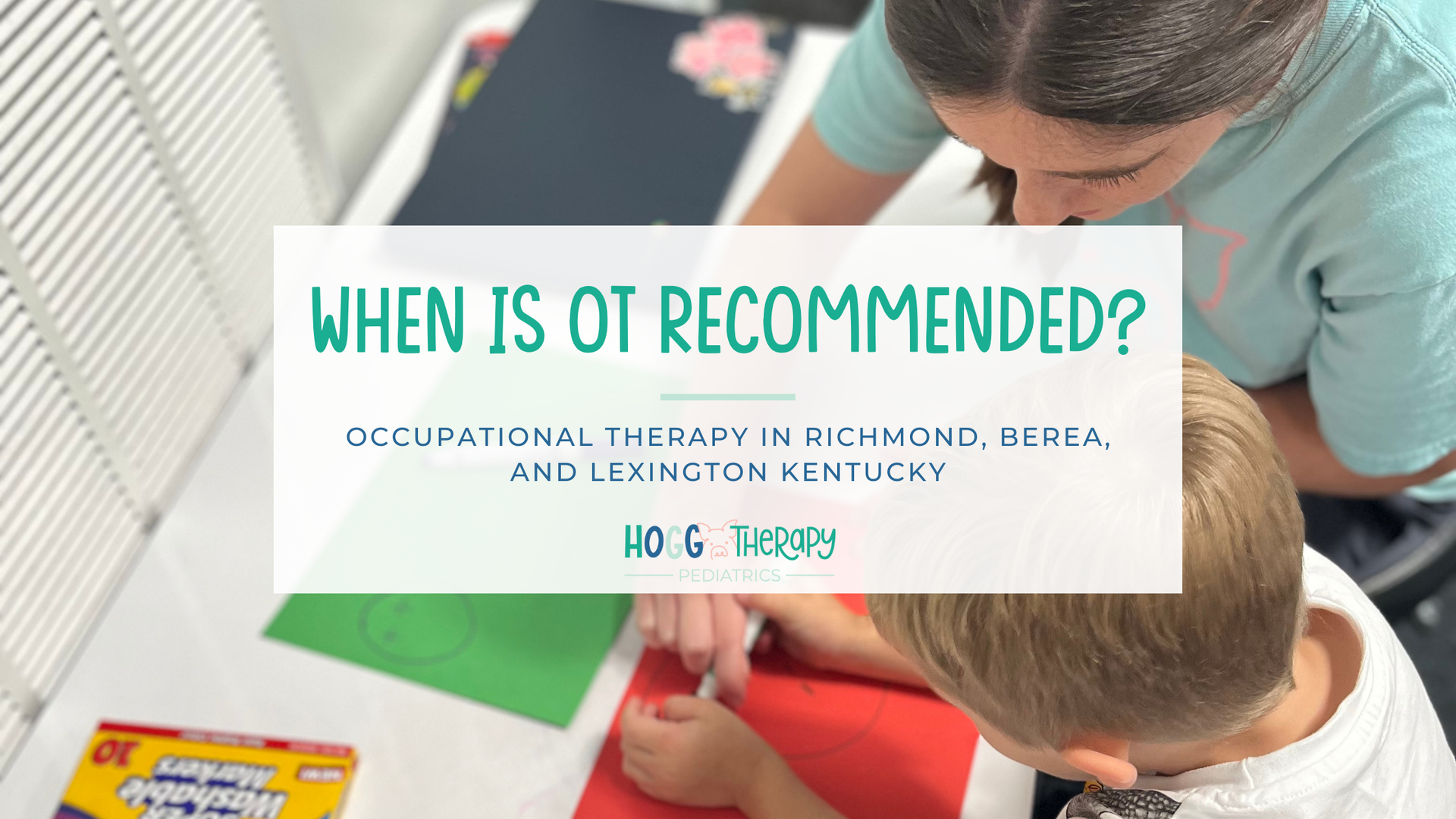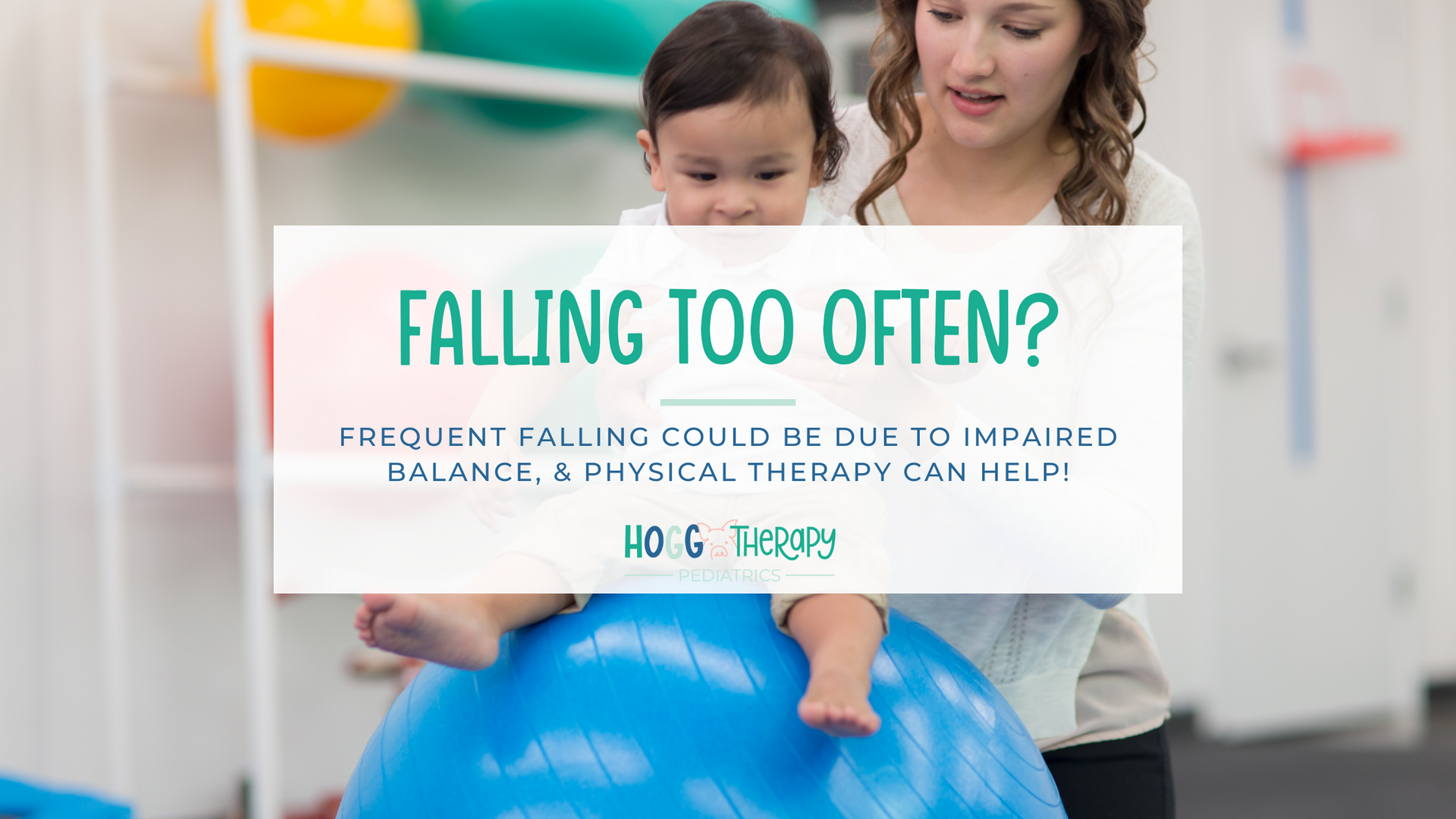The Truth Behind Common AAC Misconceptions
By: Taylor Maggard, M.A. CCC-SLP
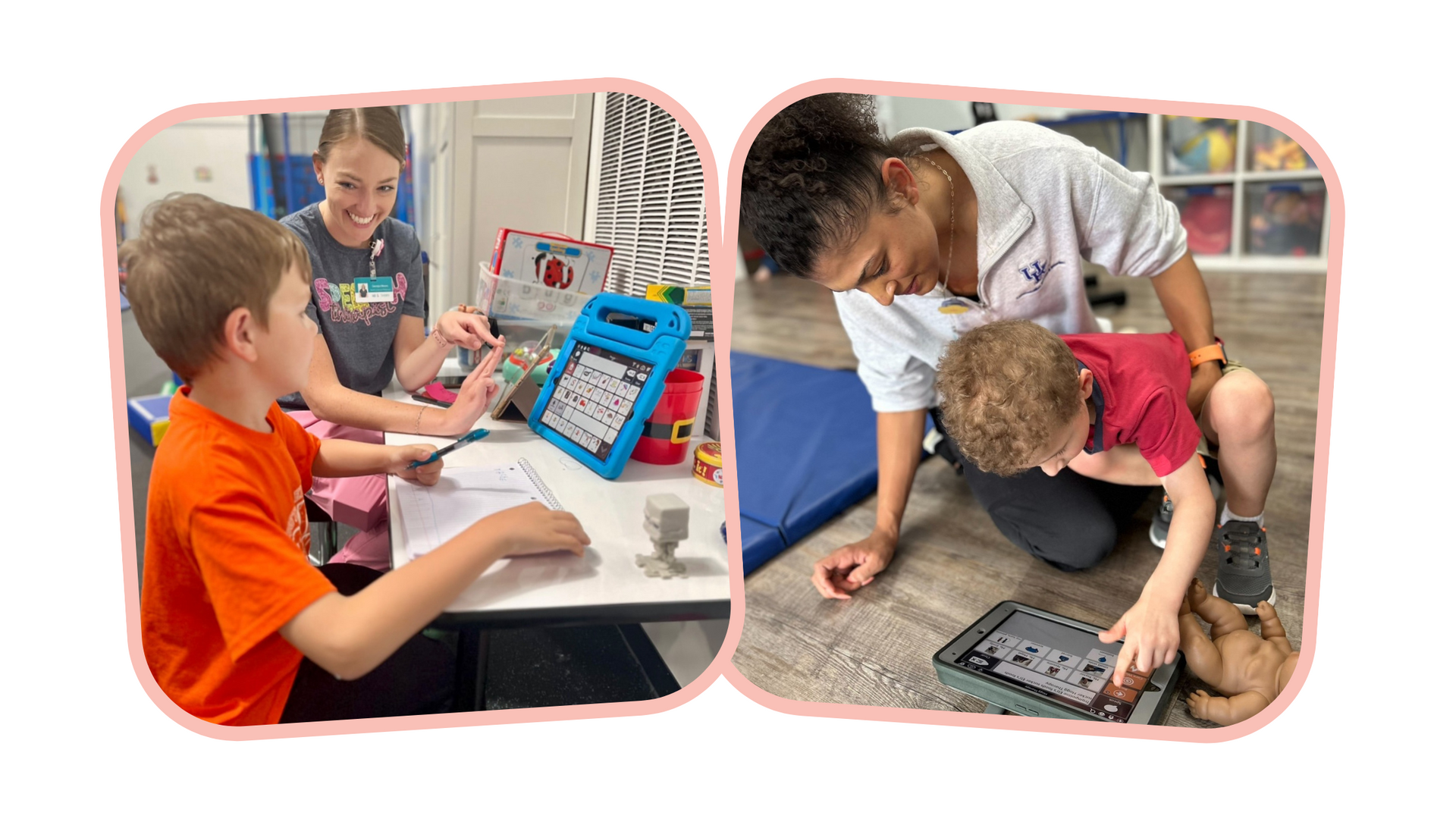
AAC, or augmentative and alternative communication, is a term that includes a variety of tools and supports to help children communicate when spoken language is impaired or not able to meet their needs. This can include low tech options like a picture exchange system or gestures, and high tech options like a speech generating device. When AAC is introduced to a new user and family, there can be many questions and misconceptions about this method of communication. Let’s talk about it!
AAC use will replace and stop development of spoken language.
While caregivers may sometimes worry that using an AAC device will stop or replace the development of spoken language, AAC users often demonstrate exactly the opposite! AAC systems are designed to support the functional use and development of language, and recent studies show a strong correlation between use of AAC and gains in spoken language.
AAC is only for non-speaking people
AAC is used for a wide variety of communicators. While we most commonly may think of AAC being used by individuals with limited or no verbal communication, it can also aid with unreliable or unintelligible spoken language. For some children, AAC is their primary form of communication. For others, it may be a secondary form of communication to be used as a support to clarify messages, engage with unfamiliar listeners, and a communication method to fall back on when having difficulty accessing and efficiently using spoken language.
My child is not ready to begin using an AAC device.
There are NO prerequisite skills needed for a child to begin using an AAC device! There is no specific age or skill level needed before a child has access to use of aided language. Early introduction of AAC device serves as a foundation for establishing intentional communication and for language development. AAC is sometimes seen as a last resort when all else fails, resulting in later introduction to AAC, or later introduction to a high tech robust device. Research from the American Speech-Language Hearing Association argues that the earlier AAC is introduced, the greater potential is for improving communication outcomes.
AAC is only for requesting
When parents, and sometimes even therapists, are working with a child towards functional communication using an AAC device, it is easy to get stuck modeling only how to make requests. While a child having the ability to make their wants and needs known is crucial, we all communicate for a much larger variety of reasons! AAC users should have access to these communication intents too, including commenting, engaging socially, telling stories, expressing feelings and frustrations, offering information, and asking questions. This can be achieved by not only adding appropriate vocabulary, but modeling these different types of communication as well.
Using an AAC device in sessions 1-2x a week is enough.
It is important for new AAC users to receive skilled speech and language therapy to foster functional use of an AAC device, targeting skills including operation of device, navigation and modification of vocabulary, and making selections to request, comment, deny, and label. However, using an AAC device 1-2x a week is not enough for a child to become proficient in independently using a device. This is where an HEP (home education program) comes in! By using strategies provided by your therapist to model at home, school, and in the community the use of an AAC device, you can help your children to learn what the words and symbols on their device mean, similar to the way typically developing children need exposure to spoken language before beginning to talk. Model, model, model to provide your child with exposure to new vocabulary, different sentence structures, and various communication contexts.
“If AAC learners only see symbols modeled for communication twice weekly for 20-30 minutes, it will take 84 YEARS for them to have the same exposure to aided language as an 18-month old has to spoken language.” Korsten, J. (n.d.). AAC Language Learning and Exposure Estimate. Retrieved from professional presentations and AAC training materials.
How Hogg Therapy Can Help
Introducing a new method of communication for your child can feel complicated, and we are here to help! If you feel your child could benefit from using AAC, Call (859) 353-3666, or fill out our Patient Inquiry Form to get started. We can work together to help your child access communication and engage with their world!



